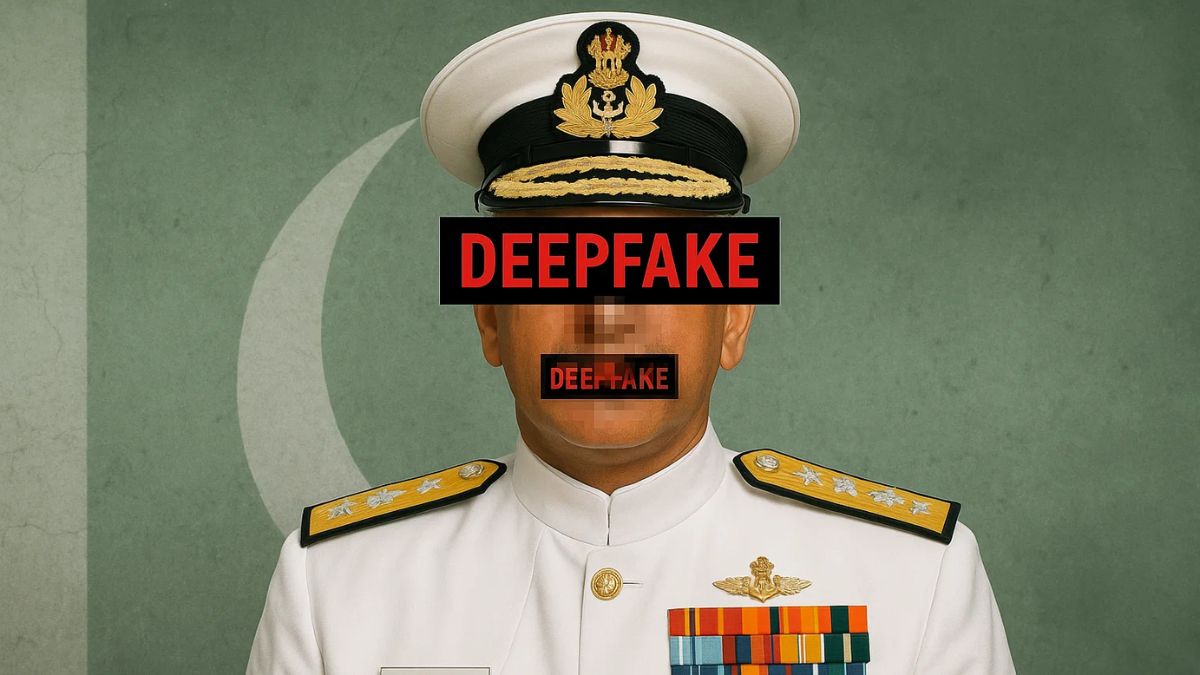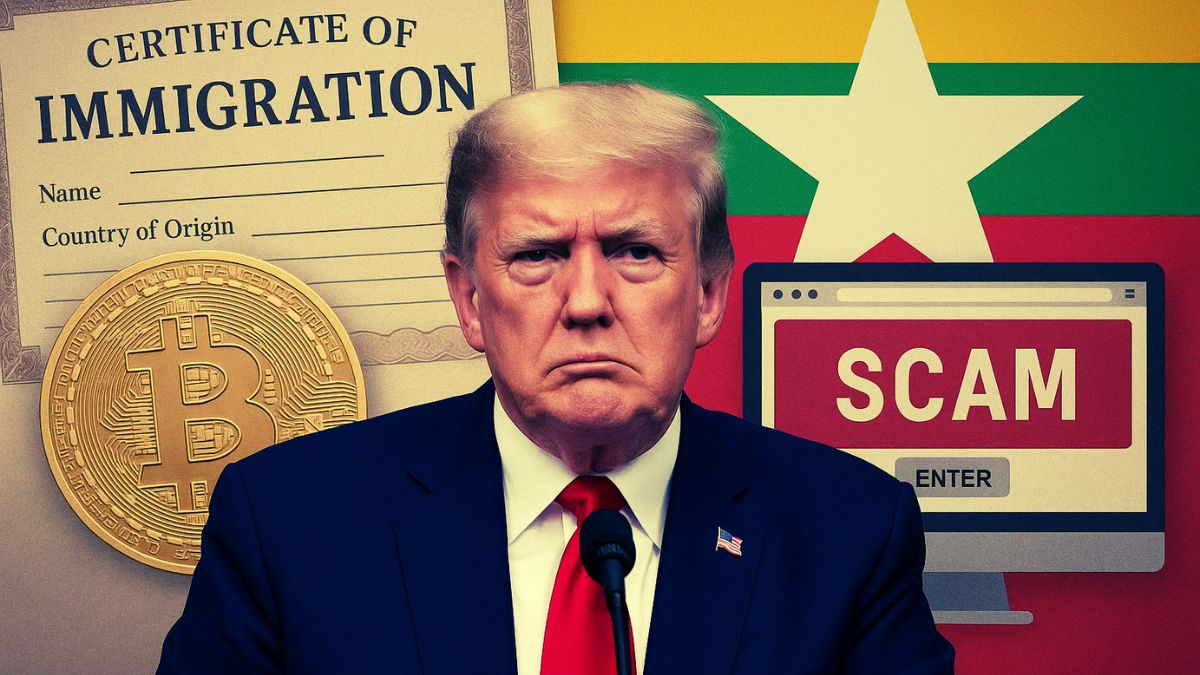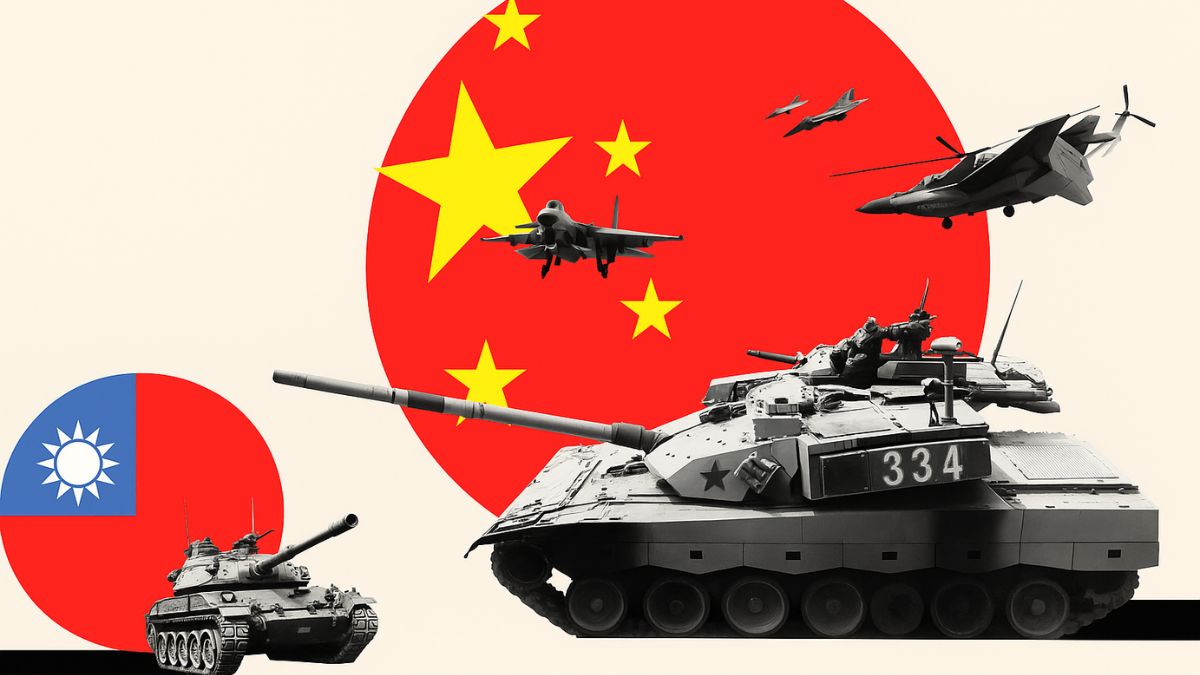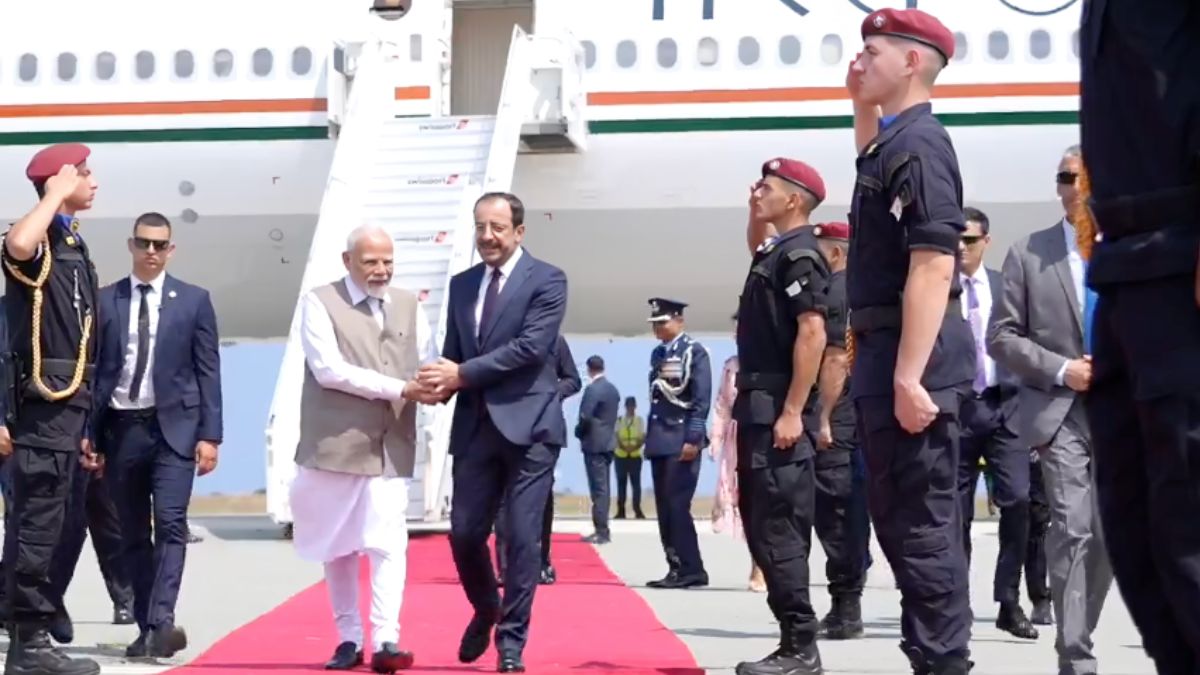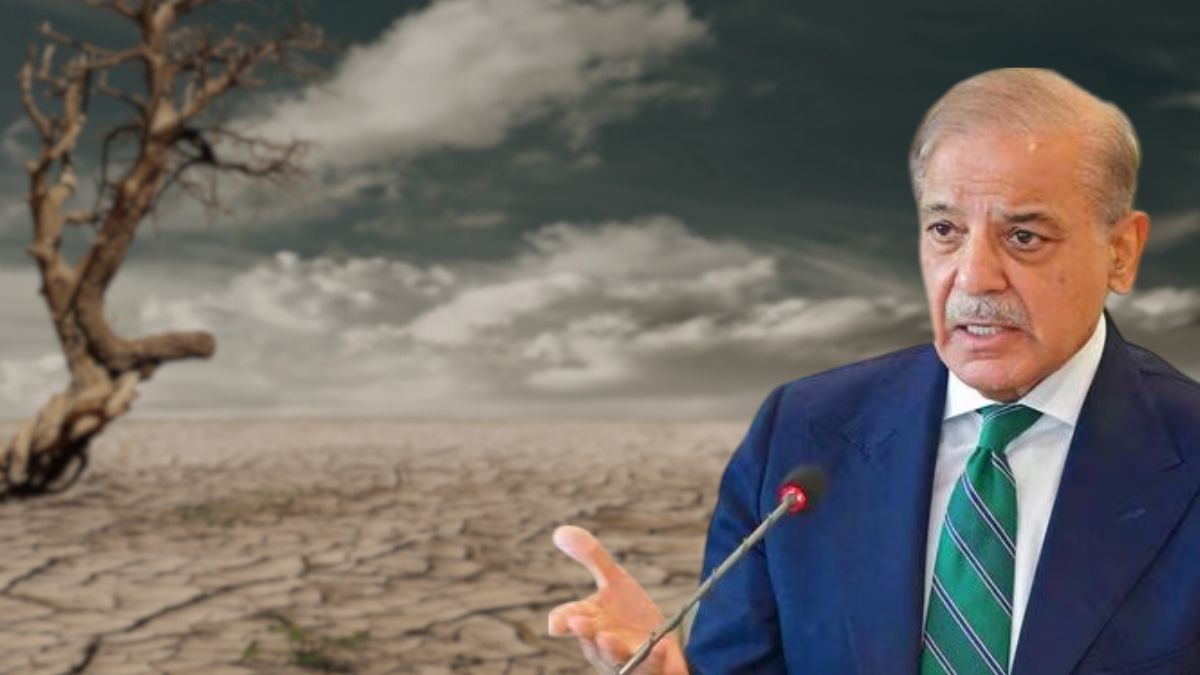Trump’s $100,000 H-1B Visa Fee: Worry For Current Indian Holders? Key Questions Answered
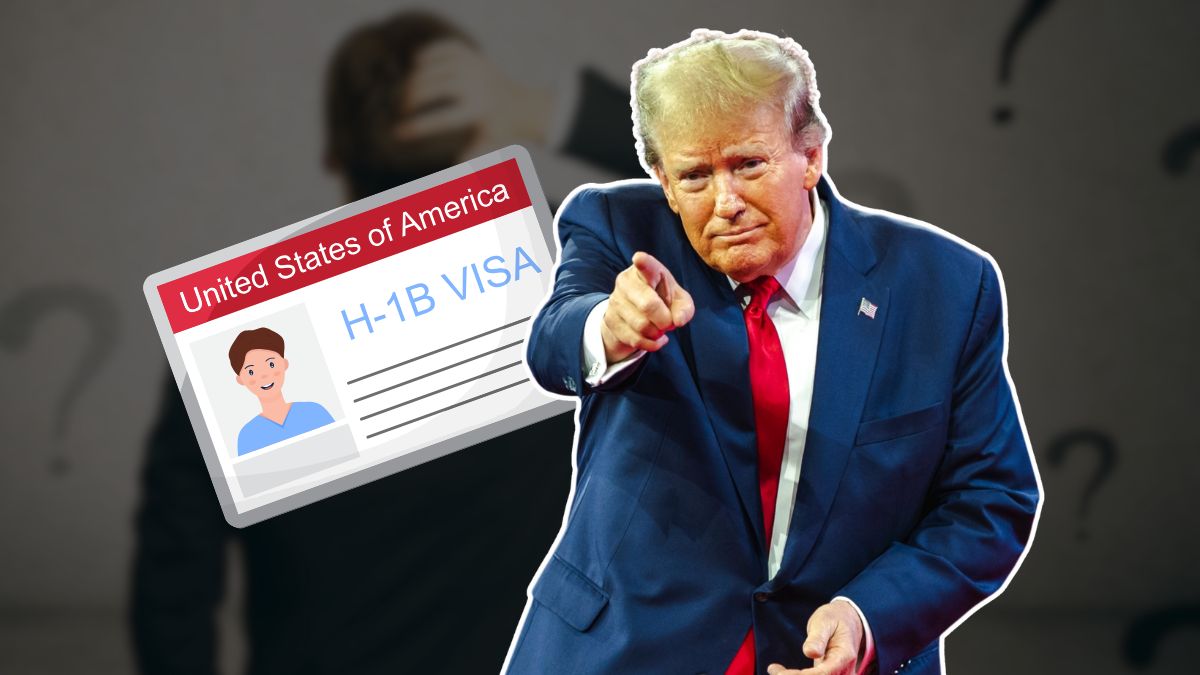
White House spokesperson Karoline Leavitt clarified that the $100,000 charge for H-1B visa is not an annual fee. Image courtesy: RNA
In a sweeping overhaul of the H-1B visa system, US President Donald Trump on Friday (September 19, 2025) signed a proclamation raising the annual fee for these visas to $100,000 (Rs 88 lakh). The sharp increase from the current $2,000–$5,000 range is expected to make it prohibitively expensive for US companies to hire skilled foreign workers, particularly Indians, who form the largest share of H-1B beneficiaries.
The gravity of the situation can be comprehended from these numbers – between October 2022 and September 2023, 72% of the nearly 400,000 H-1B visas issued went to Indian nationals, according to US Citizenship and Immigration Services (USCIS).
Major Indian IT firms such as Infosys, TCS, HCL, and Wipro secured approval for around 20,000 employees in that period. With the fee hike, Indian IT professionals and companies are expected to face the steepest impact.
H-1B visa fee hike: Is this fee annual or one-time?
The announcement created confusion after Commerce Secretary Howard Lutnick said the $100,000 would apply annually. Hours later, White House Press Secretary Karoline Leavitt clarified that it was a “one-time fee” applicable only to new visa applicants in the next lottery cycle.
$100,000 H-1B visa fee will not apply to renewals or current visa holders. Leavitt emphasized that existing H-1B workers abroad would not be charged on re-entry.
Who all does new H-1B visa rule apply to?
Foreign workers who apply for the H-1B visa after 12:01 am from September 21, 2025 come under the ambit of the new rule. The new fee only applies in the next H-1B lottery round and not to current visa holders or renewals.
Who pays the H-1B visa fee?
The cost of filing for an H-1B visa is borne by the employers — the companies that sponsor foreign professionals to work in the United States. Employees are not required to pay this fee themselves.
Who is exempt from the $100,000 H-1B visa fee?
According to the US Citizenship and Immigration Services (USCIS), the new $100,000 fee will not apply to:
- Beneficiaries of petitions filed before the proclamation’s effective date.
- Individuals who already have an approved petition.
- Those holding a validly issued H-1B visa at the time the new rule takes effect.
Why is the US justifying the H-1B visa fee hike?
The proclamation accused IT outsourcing firms of “deliberately exploiting” the H-1B programme to replace American workers with lower-paid foreign labor. It cited studies showing that entry-level H-1B workers cost companies 36% less than traditional employees, which incentivized job outsourcing and wage suppression.
The White House argued that the fee will ensure only “extraordinary” talent enters the US and will raise over $100 billion for the treasury.
How is this linked to broader trade tensions?
The visa decision comes shortly after the US imposed 50% tariffs on Indian products landing in the United States, and just days before an Indian trade delegation’s scheduled visit to Washington. The timing suggests that the move may also be tied to ongoing trade negotiations.
What are the numbers behind the US claim?
According to the order, the number of foreign workers in STEM fields in the US grew from 1.2 million in 2000 to nearly 2.5 million in 2019, while overall STEM employment rose only 44.5%. In computer and math occupations, the foreign share of the workforce increased from 17.7% in 2000 to 26.1% in 2019.
The Trump administration argued that H-1B visas facilitated this surge at the expense of American workers.
Alongside the H-1B hike, Trump unveiled a new visa pathway called ‘The Gold Card’. It offers expedited visas and a Green Card to foreigners of “extraordinary ability” who contribute financially — $1 million personally or $2 million through corporate sponsorship. The administration described this as a way to attract top global talent while generating revenue.
What lies ahead for Indian IT and professionals? With the new fee structure and the Gold Card option, Indian IT firms may be forced to rethink their hiring strategies. For professionals, the barrier to entry has risen dramatically, limiting opportunities for all but the most highly valued candidates. The coming months will reveal whether this marks a recalibration of US immigration policy or a sharp restriction on Indian talent mobility.

